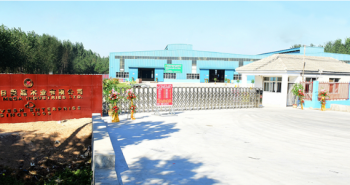Plywood Flooring H3 Treated
Tongue and Groove plywood is strong and stable, with a pre-sanded C-grade face panel available in a range of thicknesses suitable for use in structural and non-structural flooring. It has a machined groove along its edges, with a single plastic tongue to form a tongue and groove joint between sheets.
The strongest, lightest, most versatile utility and decorative product made from a renewable resource, plywood is kilo for kilo stronger than steel.
Plywood was the first type of engineered wood to be invented. It is made from thin sheets of wood veneer, called plies or veneers. These are stacked together with the direction of each ply’s grain differing from its neighbours’ by 90° (cross banding). The plies are bonded under heat and pressure with strong adhesives, usually phenol formaldehyde resin, making plywood a type of composite material. Laminating an odd number of plies (3, 5, 7…) reduces warping while increasing the number of plies increases the resistance to shearing forces.
A common reason for using plywood instead of plain wood is its resistance to cracking, shrinkage, twisting/warping, and its general high degree of strength.
BENEFITS OF PLYWOOD
Renewable Resource – A natural product from a renewable resource.
Beautiful – Preferred because of its warmth and natural markings.
Strength – Unique cross-layered structure makes it kilo for kilo, stronger than steel.
Efficiency – Uses more of the log than timber.
Versatility – Can be bent and formed to meet various sizes and shapes.
Durability – Long-lasting and good resistance to damage.

